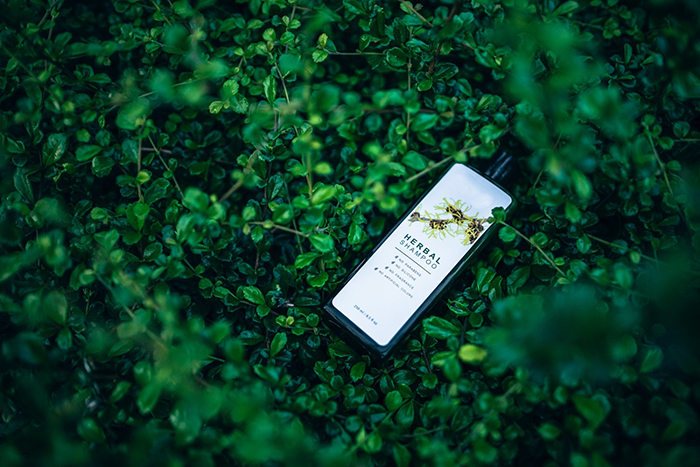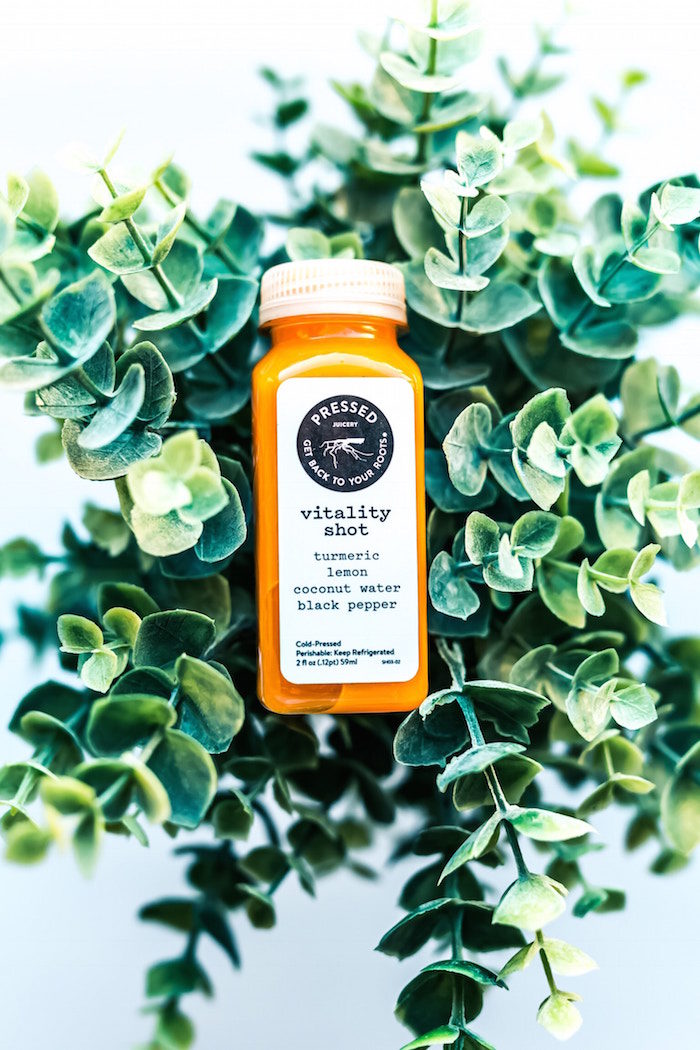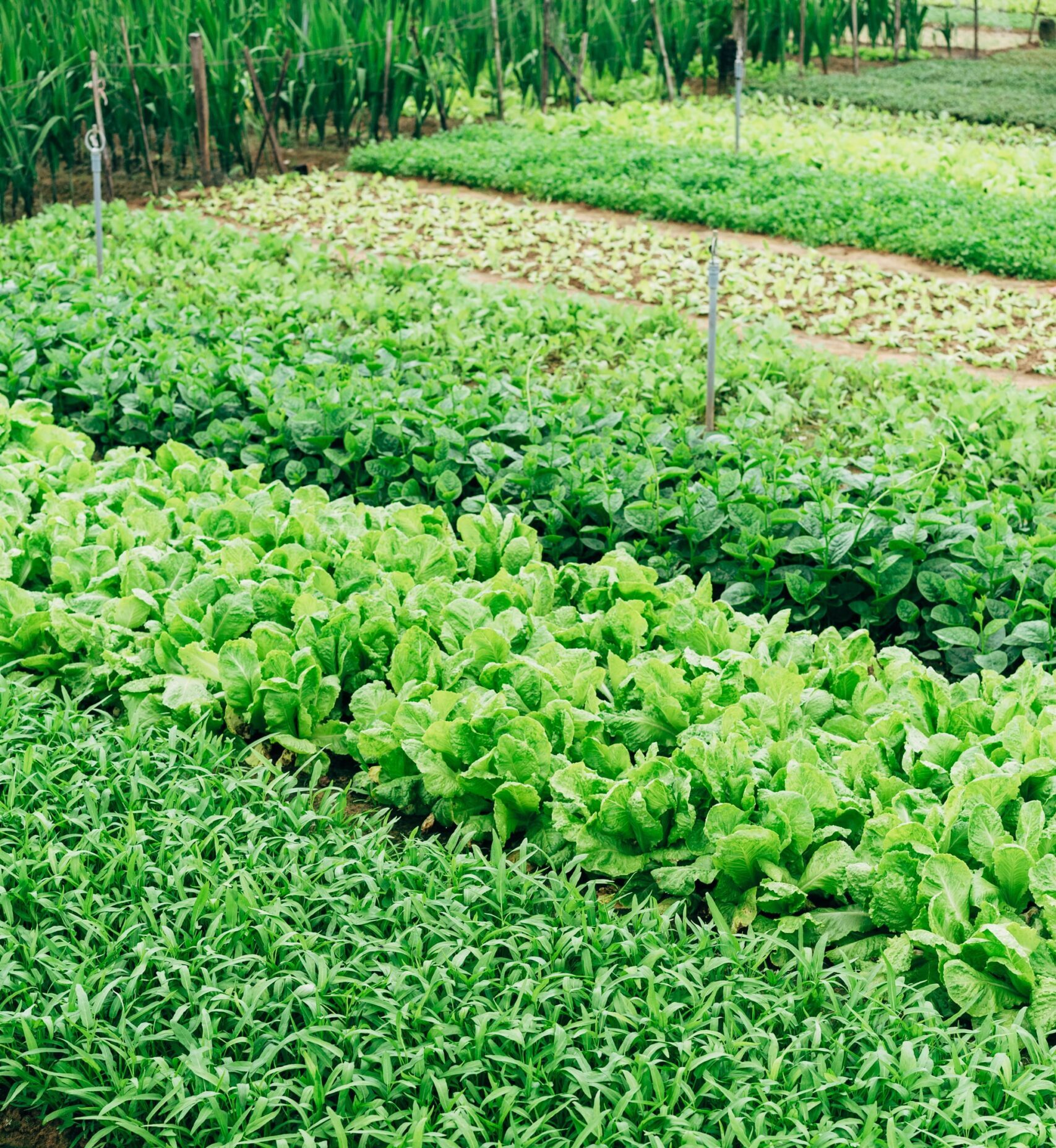
Greenwashing: just because a product looks great with plants, doesn’t mean that it’s actually green…
How many times have you found yourself standing (perplexed) in the cleaning goods aisle of your local grocery store (with a glazed over, deer-in-headlights stare) unsure of which laundry detergent you should buy? And how about the hair care section? Yeah, too many times to count.
After all, with fancy labels featuring words like organic, all–natural, chemical–free, non–toxic, and eco–friendly (gets me every time) — they all sound like suitable earth-saving, pollutant-fighting options, right? Wrong.
The truth is that marketing gurus recognize that consumers tend to lean more towards the sustainable products, when given the option. They’ve also realized consumers are willing to spend more on said sustainable products.
So, in an effort to cater to our “save the planet” frenzy (read: make more $$$), companies have begun to exaggerate the eco-friendly benefits of their products — a tactic more commonly known as greenwashing.
Although the term may seem relatively new, the deceptive marketing technique has been around for decades and has become more pervasive due to the growing popularity of the environmental movement.
From 2009 to 2010, environmental marketing firm TerraChoice found “green” labeling increased a whopping 73 percent. In 2010, TerraChoice also found that 95 percent of “green” products are greenwashed. On the outside, the products looked environmentally friendly, but in all actuality, they were not as “green” as they claimed to be.
Is greenwashing legal?
The U.S. Federal Trade Commission (FTC) has guidelines that marketers use to ensure their product’s environmental claims are actually true. An example of labeling gone awry occurred in 2011, when the FTC found Tested Green certification to be nothing more than a scam. Although the fancy “eco” label may have appeared legit, the company, which charged upwards of $500 per environmental certification, never tested any of the products it certified.
Although there is no clear-cut legal definition for what being “green” actually is, blatantly false or manipulative advertising claims are being dealt with in a court of law — as is apparent in the lawsuit launched against Fiji Water for their claims of being carbon-negative. (Our position on bottled water? Don’t buy it no matter how greenwashed it is.)
So, how exactly does one spot “greenwashing”?
First and foremost, third-party “green” labels should always draw a raised brow. Do your research and find out if the certification is actually legitimate.
You also want to be on the lookout for grandiose claims and fluffy or vague language. For example, a dish soap labeled “eco-friendly” because it’s bottled in recyclable materials may seem promising, but that very same product could be chock-full of toxic chemicals. Similarly, a company could also claim they are “eco-friendly” but their products could come in unnecessary packaging, like we discovered with the ubiquitous underwear brand Pact Organic. Or, think about all the organic, local juices sold in plastic bottles, which add to the truly haunting fact that we’re disposing 1 million plastic bottles a minute globally–91% of which are not recycled. Question everything and always do your research.
How to find truly “green” products
Always read the label. If there’s an ingredient on a label you’re unfamiliar with (let alone can’t pronounce), chances are the product isn’t all-natural, non-toxic, or eco-friendly. Always check to see what type of packaging a product is sold in and also where the item was made. Products that have to travel longer distances have a much larger carbon footprint than those that are made and sold locally. There are also a plethora of free mobile apps that rate a product’s “eco” credentials, allowing you to practice mindful shopping with ease.
Also by Audrey: These 4 Kitchen Tools Will Help You Go Zero Waste *and* Make Vegan Food Magic
5 Ways You Can Make A Difference After Earth Overshoot Day
Get more like this—Subscribe to our daily inspirational newsletter for exclusive content!
__
Photo: Unsplash via Fancy Crave; Devin Avery on Unsplash





